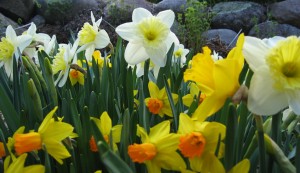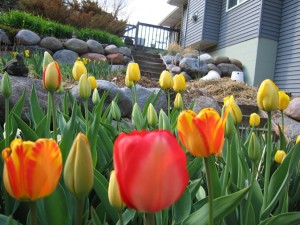Summer Waning Summer Moon
Life keeps coming at us until this one stops. Gyatsho has been on my mind since his death. As I indicated the day I discussed his death here, the Tibetan belief is that he is now in a possibly 49 day process of finding a home for his reincarnation. As I’ve worked outside, I’ve looked up from time to time, imagined Gyatsho’s consciousness, his very subtle mind, making a transit through the invisible world, hunting for a new home, working toward enlightenment.
As I’ve considered this, it comforts me. The notion of a next life, especially a next life focused on learning left over lessons from this one, makes sense to me in a way.
What has not made sense to me since early high school is the binary logic of Christianity: heaven or hell. One lifetime, then out to eternal punishment or eternal bliss. Even when I worked as a minister, my theological system did not include such a cramped afterlife. God is love. If so, then love will rule a soul’s disposition in the afterlife and love forgives all things. No need for hell. This seems to collapse the present into amorality, but only so for persons devoid of gratitude or unaware of grace.
My belief now runs more toward composting, but I’m open to the notion of survival. If we do survive in some way, I like the Buddhist idea. Even though I like it, I find it hard to believe because the evidence we have from returnees is nil.
The metaphor that works best for me is the chrysalis. This body I have now is a chrysalis, death triggers the next transformation, mutation. Perhaps we pass into one of the multiverses and never even know it happened. The next great mystery.

 recall. The furled hosta leaves that come up in a tightly packed spiral have begun to uncurl. Dicentra have full leaves now, though no flowers yet. A few iris have pushed blossoms up, a purple variety I particularly like opens early. Even though they will not bear flowers until July the true lilies have already grown well past six inches, some with gentle leaves and others with leaves that look like a packed icanthus, an Egyptian temple column rising out of this northern soil.
recall. The furled hosta leaves that come up in a tightly packed spiral have begun to uncurl. Dicentra have full leaves now, though no flowers yet. A few iris have pushed blossoms up, a purple variety I particularly like opens early. Even though they will not bear flowers until July the true lilies have already grown well past six inches, some with gentle leaves and others with leaves that look like a packed icanthus, an Egyptian temple column rising out of this northern soil. week from tomorrow. Everything I need to get in the ground before I get back will have a spot: various tomato plants and potato eyes, broccoli, cauliflower, egg plant, onions, leek, chard, greens and cucumbers.
week from tomorrow. Everything I need to get in the ground before I get back will have a spot: various tomato plants and potato eyes, broccoli, cauliflower, egg plant, onions, leek, chard, greens and cucumbers.